The story of India’s exclusion from international football has been shrouded in mystery and speculation for decades. While India has never been a major force in global football, there have been moments in history when the country had the potential to make a mark on the world stage. One of the most perplexing episodes in Indian football history revolves around the team’s absence from the 1950 FIFA World Cup and the broader challenges the sport has faced. To fully understand why India was banned—or, more accurately, why it failed to participate in key international tournaments, Win Betting Tips will examine the historical, cultural, and administrative factors involved.
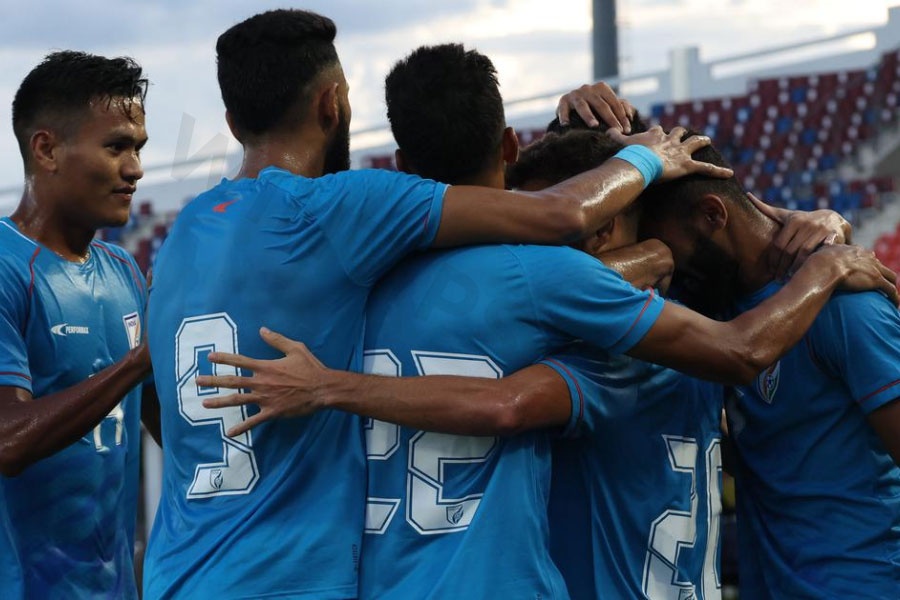
Why India was banned from football?
FIFA’s suspension of the AIFF was primarily due to two main reasons: third-party influence and interference and deviations from FIFA’s original roadmap for the organization’s functioning.
Third-party influence and interference
FIFA’s statutes strictly prohibit any political or judicial interference in the administration of national football federations. The AIFF’s situation, however, became a textbook case of what FIFA defines as "third-party interference.
The Indian Supreme Court had intervened in the AIFF’s operations due to prolonged administrative delays and governance failures. It ordered the AIFF to conduct elections before the organization's constitution had been finalized. This decision led to appointment of a Committee of Administrators (COA) tasked with overseeing AIFF operations on an interim basis.
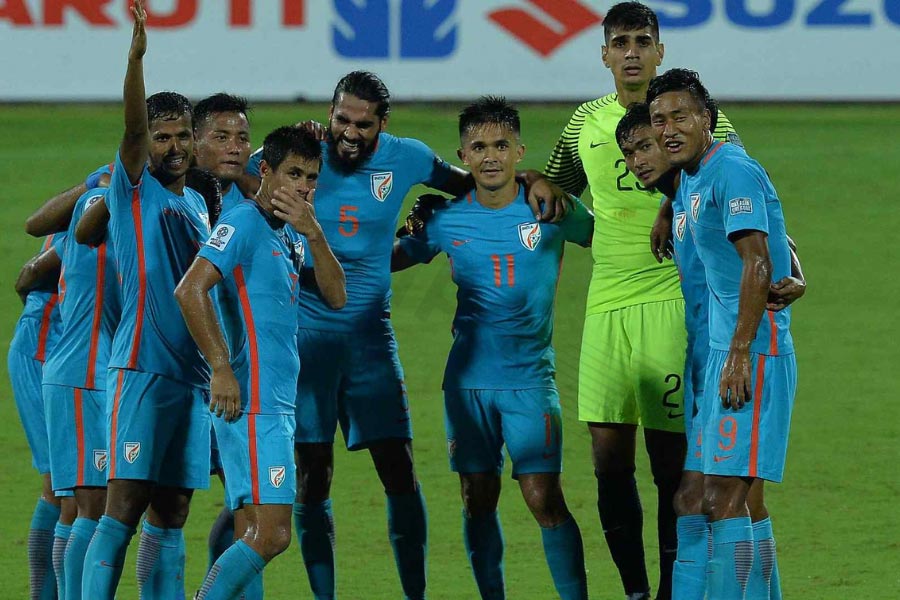
FIFA observed that the COA was actively involved in decision-making during this interim period, which violated FIFA’s rules. Moreover, there were indications that the COA might continue influencing football governance in India even as the new AIFF constitution was being drafted. FIFA considered this a “flagrant violation” of its statutes, which protect football federations from external interference.
Deviations from FIFA’s original roadmap
Why India was banned from football? FIFA had earlier outlined a roadmap for the AIFF to follow, aiming to establish a functional and democratically elected body. However, the process deviated significantly from FIFA’s expectations.
One of the most contentious issues was the inclusion of 36 distinguished football players in the electoral college, comprising 50% of the total voting members. While this move was intended to give players a greater voice in governance, FIFA had recommended that the players’ representation be capped at 25%. The deviation from this guideline was seen as a major breach of the agreed-upon terms.

The draft constitution proposed by the COA altered the structure of the AIFF’s executive committee. This included changes to how the committee would be formed, who could vote, and who could be elected. These adjustments were perceived as undermining the autonomy and democratic principles of the AIFF.
Events leading to the FIFA ban
The suspension was not an isolated decision but rather the culmination of a series of administrative missteps and disputes. These events trace back to years of inefficiency and power struggles within Indian football governance.
Prolonged presidency of Praful Patel
Praful Patel, the former president of the AIFF, had held the position for 13 years. His refusal to step down, citing reasons like the COVID-19 pandemic and unresolved court cases regarding the AIFF constitution, led to growing discontent. Despite his prolonged tenure, reforms were delayed, and governance issues persisted.
Check out the online bookmaker list to choose the top betting entertainment place and bring great moments.
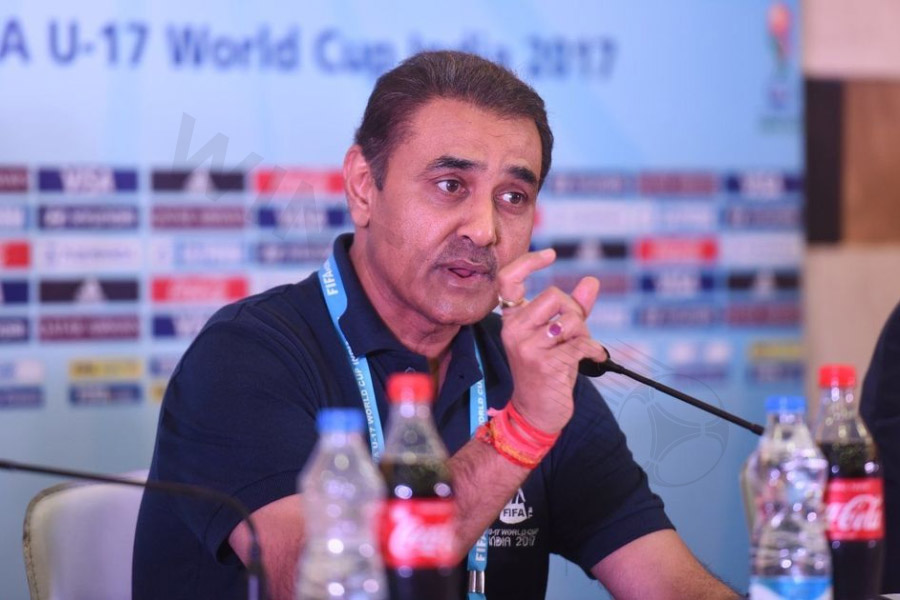
Supreme Court’s intervention
Why was India banned from football? On May 18, 2022, the Supreme Court removed Patel from his position and appointed a three-member COA, including Dr. SY Quraishi, Justice (Retd.) AR Dave, and Bhaskar Ganguly. This move was meant to resolve the administrative deadlock and expedite the finalization of the AIFF constitution.
FIFA’s monitoring and growing concerns
Why was India banned from playing football? Initially, FIFA observed the situation without immediate action, believing the COA would not significantly alter the AIFF’s functioning. However, the release of the draft constitution and subsequent actions by the COA revealed drastic changes that FIFA deemed unacceptable. These changes included:
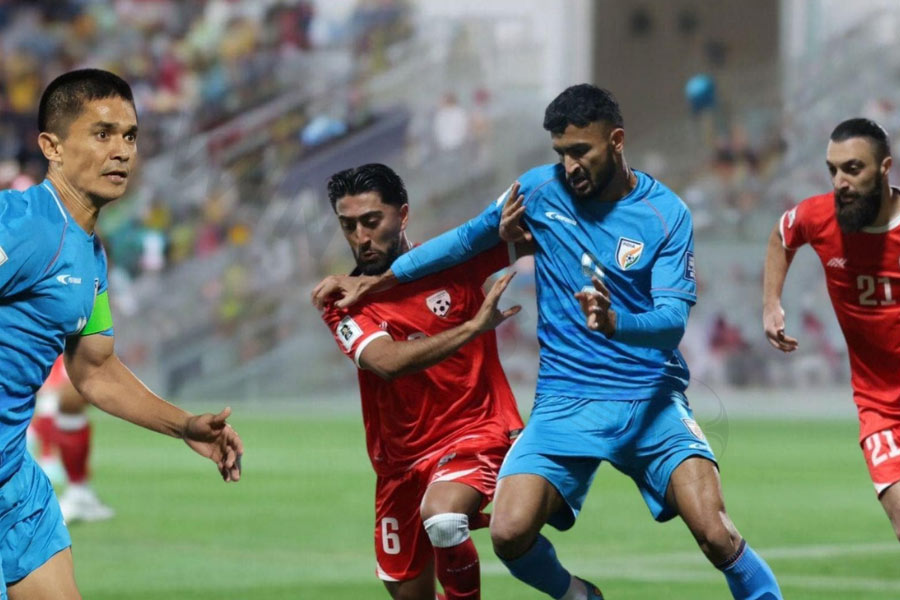
- Redefining the structure of the executive committee.
- Altering promotion and relegation systems in domestic leagues.
- Proposing that the AIFF solely manage the top football league in India.
- The absence of an elected executive body to oversee these decisions further aggravated FIFA’s concerns.
The final straw
FIFA’s decision to ban the AIFF on August 15, 2022, was triggered by the culmination of these events. The governing body cited third-party interference and deviations from its roadmap as the primary reasons for the suspension. This ban prevented Indian teams from participating in international tournaments and stopped India from hosting FIFA-related events.
What are the consequences of the suspension?
Loss of hosting rights for the U-17 women’s World Cup
India’s hosting privileges for the U-17 Women’s World Cup, originally scheduled for October 2022 across Odisha, Goa, and Maharashtra, have been withdrawn. The tournament was initially planned for 2020 but postponed and ultimately canceled due to the pandemic, and now faces further uncertainty. FIFA has stated they are evaluating the next steps regarding the event’s organization.
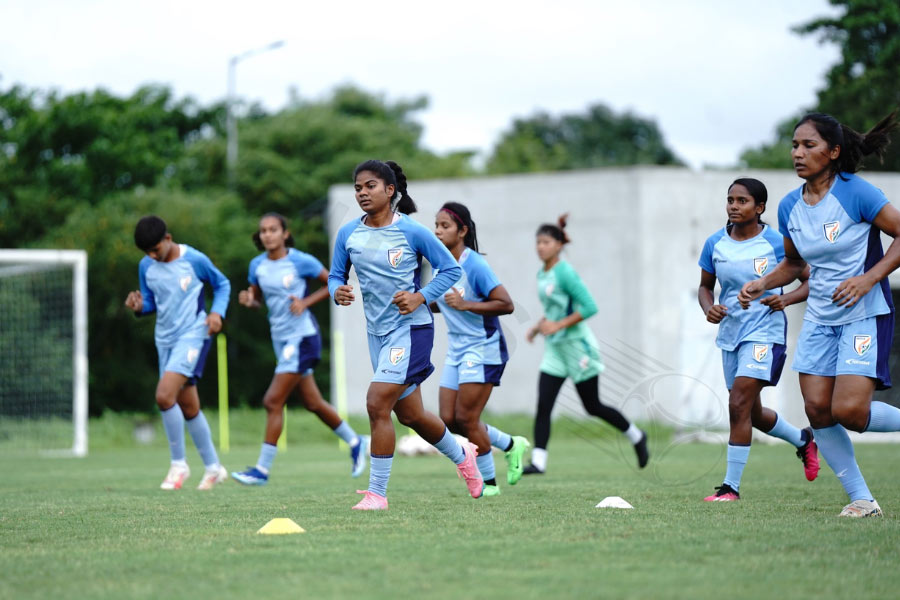
Ban on international participation for National teams and clubs
Indian national teams, including senior and junior squads for both men and women, are barred from participating in AFC or FIFA-sanctioned matches and tournaments until the suspension is lifted. This ban affects key competitions such as the 2023 Asian Cup and qualification campaigns for future World Cups and Asian Cups.
For clubs, the suspension prohibits participation in AFC-managed continental tournaments, including the AFC Champions League, AFC Cup, and the AFC Women’s Club Championship. Gokulam Kerala, already in Uzbekistan to compete in the AFC Women’s Club Championship, has been directly impacted.
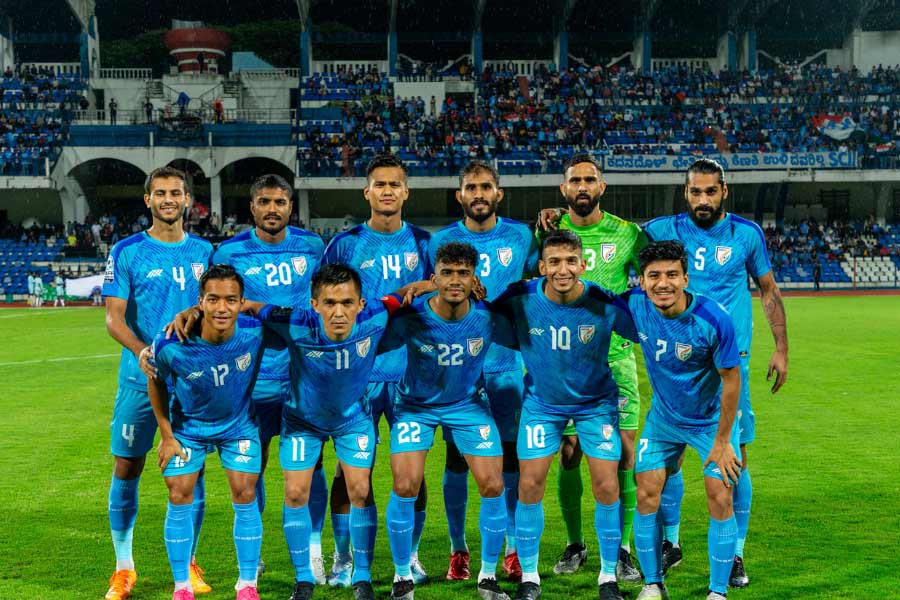
Despite their travel plans proceeding, reports suggest they have yet to receive official communication regarding their exclusion.
Halt on FIFA and AFC developmental support
The suspension also disrupts all FIFA and AFC developmental activities, including grassroots programs, coaching courses, and high-level licensing initiatives. These programs, which require AFC or FIFA accreditation, are critical for the growth of football in India. Coupled with an 85% reduction in government funding for the AIFF, this situation places a severe financial strain on the organization, further complicating efforts to revive and sustain Indian football development.
How was the suspension on Indian football lifted?
Thankfully, the suspension of Indian football was resolved before causing significant damage. FIFA lifted the ban after 11 days, on August 26, following key changes implemented by Indian authorities. The turning point came when the Supreme Court decided to disband the Committee of Administrators (COA), whose involvement in the AIFF’s operations had been a major point of contention for FIFA. Additionally, a commitment to expedite the AIFF elections played a crucial role in reversing the decision.
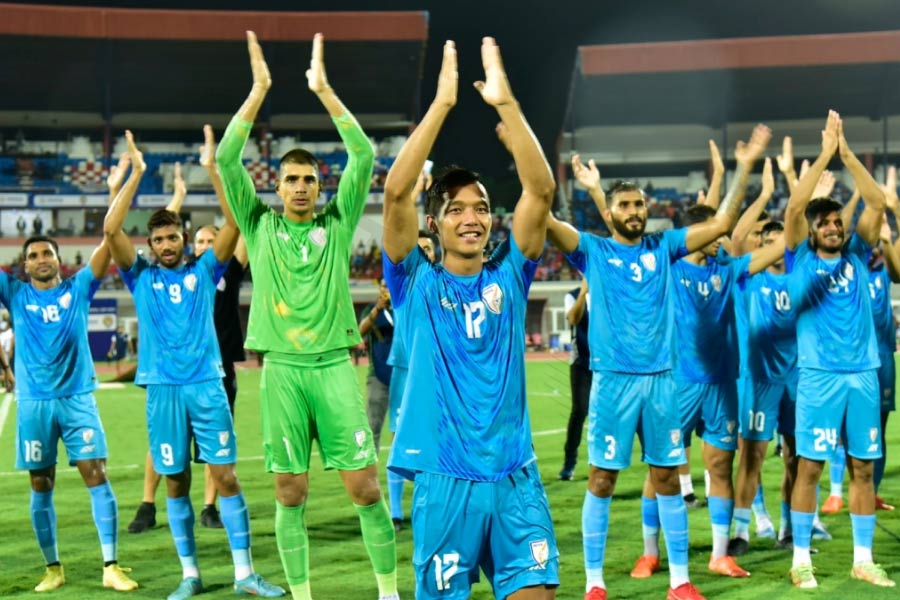
The Bureau of the FIFA Council, led by President Gianni Infantino and the heads of various confederations, announced the suspension's removal.
“The decision was made after FIFA received confirmation that the mandate of the committee of administrators, which had been tasked with overseeing the AIFF Executive Committee, had been terminated. Furthermore, the AIFF administration has now regained full control of its daily operations,” FIFA explained in an official statement.
FIFA and the Asian Football Confederation (AFC) have pledged to closely monitor the situation and assist the AIFF in conducting its elections promptly.
Conclusion
The narrative of why India was banned from football is more accurately a story of missed opportunities. While the suspension was short-lived, it exposed deep-rooted challenges in governance and administration. By learning from this episode, Indian football can aspire to achieve its full potential on the global stage. Hopefully, Indian football can overcome its historical setbacks and make a meaningful impact on the world stage.
Refer more: Who has more fans Messi or Ronaldo? Breaking down the numbers.







